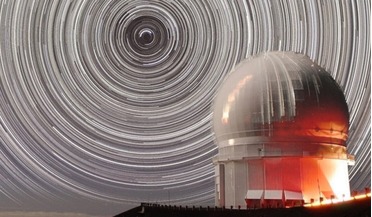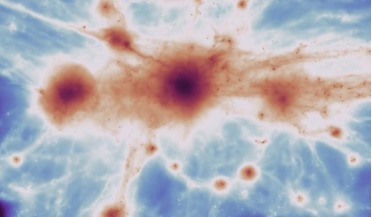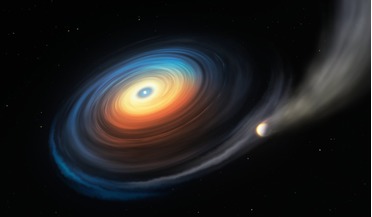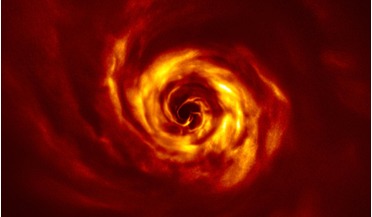 19 July 2019
China's Tiangong-2 space lab to deorbit today
19 July 2019
China's Tiangong-2 space lab to deorbit today
Somewhere in the skies above the Pacific Ocean between New Zealand and Chile, China's space station Tiangong-2 is due to fall back to Earth any minute now, if it hasn’t already. With a name ...
 14 August 2019
Protesters block asteroid detection safety work
14 August 2019
Protesters block asteroid detection safety work
..., estimated at a 1-in-7,000 chance. Shortly after the start of the protest, observers at the Very Large Telescope array in Chile ruled out that possibility – not by finding the asteroid itself but by looking at the place in the sky...
 04 October 2019
Have ancient filaments helped uncover the nature of dark matter?
04 October 2019
Have ancient filaments helped uncover the nature of dark matter?
... early Universe. Using the Multi Unit Spectroscopic Explorer (MUSE) at the ESO Very Large Telescope (VLT) in Chile and the Suprime-Cam at the Subaru telescope, the team’s detailed observations have helped uncover that...
 04 December 2019
Giant planet found orbiting a white dwarf for the first time
04 December 2019
Giant planet found orbiting a white dwarf for the first time
... way to make such a disc is the evaporation of a giant planet,” says Matthias Schreiber from the University of Valparaiso in Chile, who computed the past and future evolution of this system. After combining observational data with theoretical...
 11 March 2020
Ultra-hot exoplanet literally rains iron say astronomers
11 March 2020
Ultra-hot exoplanet literally rains iron say astronomers
... of ESPRESSO made it a prime machine to study exoplanet atmospheres,” says Pedro Figueira, ESPRESSO instrument scientist at ESO in Chile. “What we have now is a whole new way to trace the climate of the most extreme exoplanets,” concludes Ehrenreich...
 20 May 2020
Twisted feature could be the first direct evidence of a baby planet being born
20 May 2020
Twisted feature could be the first direct evidence of a baby planet being born
... spot where a baby planet may be coming to existence. With the help of the SPHERE instrument on ESO’s VLT in Chile, Boccaletti and his team have now been able spot this revealing feature as a very bright yellow...